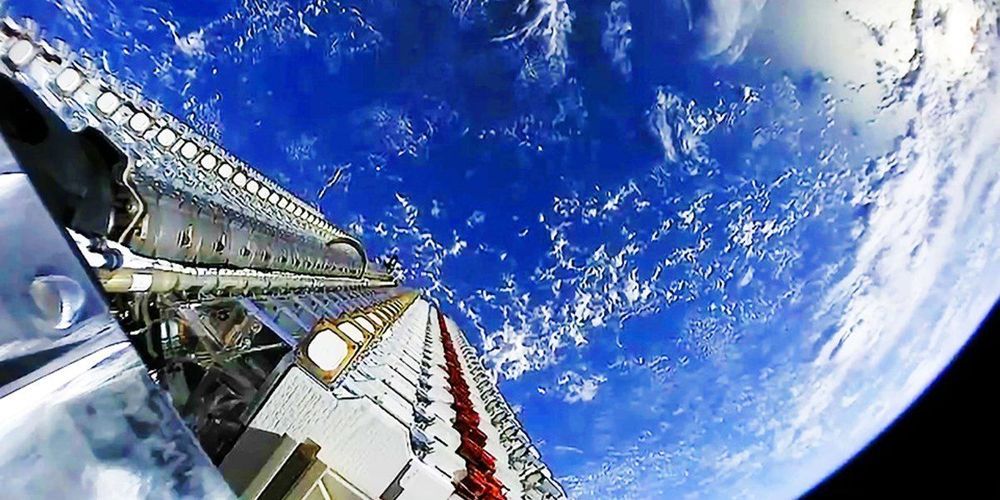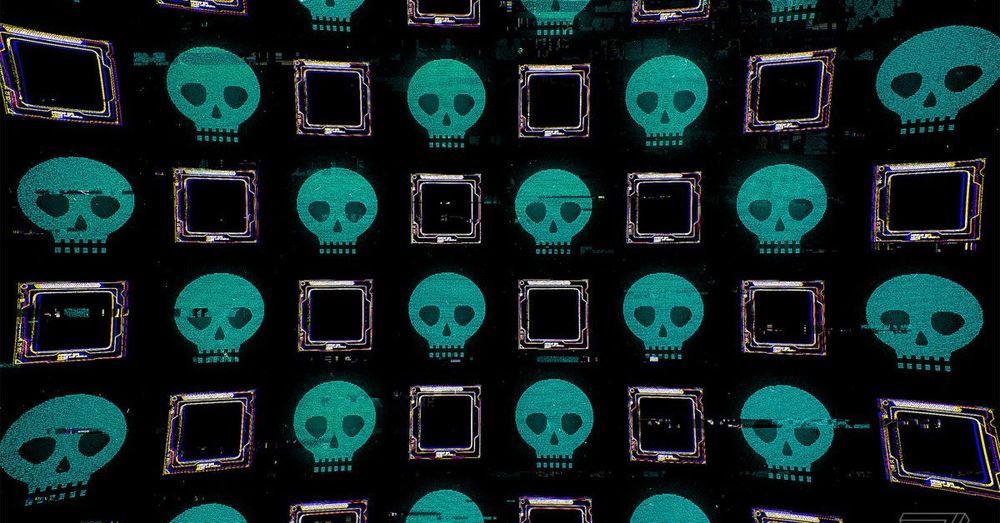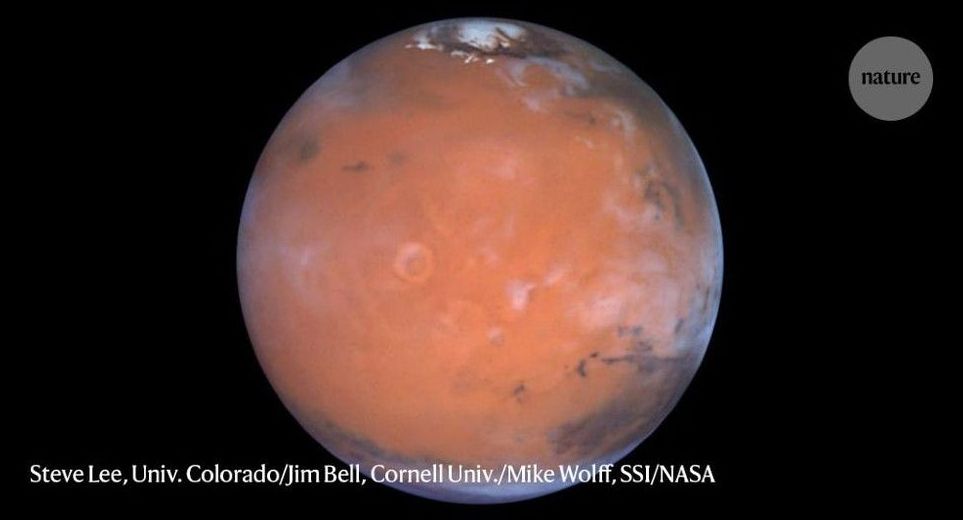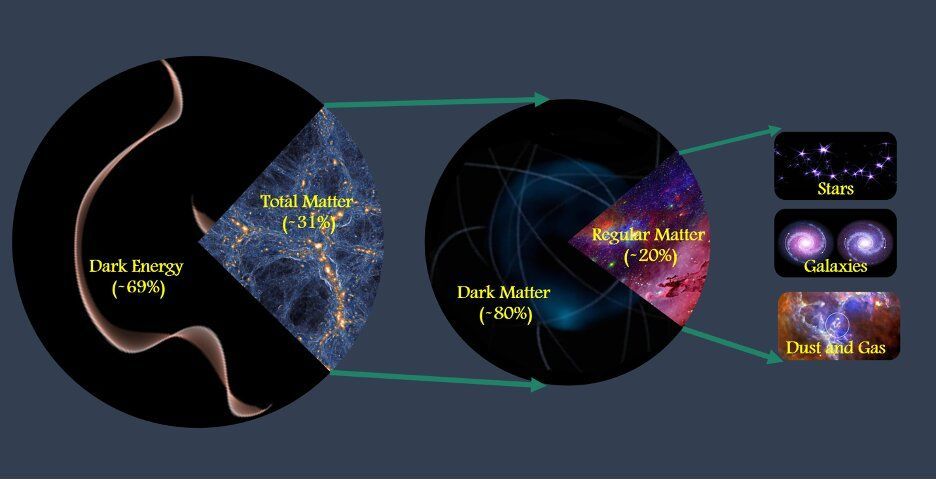New research shows Elon Musk’s broadband network could be tweaked to work as an alternative to GPS.



In a major strategy shift, Sberbank, the most popular Russian lender, wants to build its own ecosystem going far beyond the world of finance and to be known not just as a bank, but also as a tech company.
During its first major online event, which was held on Thursday, Sberbank – now rebranded as Sber – presented a range of services and gadgets signaling it wants to go deeper into the tech sector. For example, the bank presented a family of “emotional” virtual assistants, called ‘Salute’, which will be incorporated into all of Sberbank’s devices and mobile apps.
There are three assistants in the Salute family, called Sber, Joy, and Athena. Unlike Apple’s Siri or Amazon’s Alexa, the company is betting on the “emotional” features of the virtual assistants, as each has its own “temper,” allowing users to choose the one they find most suitable.
WOODS HOLE, Mass. — The dialogue between neurons is of critical importance for all nervous system activities, from breathing to sensing, thinking to running. Yet neuronal communication is so fast, and at such a small scale, that it is exceedingly difficult to explain precisely how it occurs. A preliminary observation in the Neurobiology course at the Marine Biological Laboratory (MBL), enabled by a custom imaging system, has led to a clear understanding of how neurons communicate with each other by modulating the “tone” of their signal, which previously had eluded the field. The report, led by Grant F. Kusick and Shigeki Watanabe of Johns Hopkins University School of Medicine, is published this week in Nature Neuroscience.
In 2016 Watanabe, then on the Neurobiology course faculty, introduced students to the debate over how many synaptic vesicles can fuse in response to one action potential (see this 2-minute video for a quick brush-up on neurotransmission). To probe this controversy, they used a “zap-and-freeze” imaging technology conceived by co-authors M. Wayne Davis, Watanabe and Erik Jorgensen, and built by Leica for testing in the Neurobiology course. They zapped a neuron with electricity to induce an action potential, then quickly froze the neuron and took an image. They saw multiple vesicles fusing at once at many synapses, the first novel finding of this Nature Neuroscience report.
But there was more. Back at Johns Hopkins, Kusick and Watanabe decided to walk through the neurotransmission process with zap-and-freeze, taking images every 3 milliseconds after the action potential. That’s when they found an answer to an even larger question — how do neurons change the tone of their neurotransmission signal?


In 2018, Cody Friesen, PhD ’04, trekked through the bush in Kenya’s Rift Valley to comprehend the perils the girls of the Samburu Girls Foundation faced when they went out to gather water.
Every day, girls living at the rescue organization had to walk two miles—often past men who see them as property—to the nearest water in a land where the past decade had been marked by blistering droughts.
There, on the muddy banks of a river riddled with cholera, Friesen saw the tracks of hyenas and men, reminders of what might await any girl who lingered.

It doesn’t appear staff or patient information was compromised.
Health care provider Universal Health Services, one of the largest chains in the US, has been hit by an apparent ransomware attack, TechCrunch reported. UHS facilities in California, Florida, North Dakota, Arizona, and other locations began noticing problems early Sunday, with some locations reporting locked computers and phone systems.
Some UHS hospitals had to use pen and paper to file patient information as a result, according to NBC News.
The hospital system, which has more than 400 locations in the US and the UK, said in a statement on Monday that its IT network across several facilities was offline “due to an IT security issue.” No patient or employee data appears to have been compromised, according to the statement, which did not mention malware or ransomware.



A top goal in cosmology is to precisely measure the total amount of matter in the universe, a daunting exercise for even the most mathematically proficient. A team led by scientists at the University of California, Riverside, has now done just that.
Reporting in the Astrophysical Journal, the team determined that matter makes up 31% of the total amount of matter and energy in the universe, with the remainder consisting of dark energy.
“To put that amount of matter in context, if all the matter in the universe were spread out evenly across space, it would correspond to an average mass density equal to only about six hydrogen atoms per cubic meter,” said first author Mohamed Abdullah, a graduate student in the UCR Department of Physics and Astronomy. “However, since we know 80% of matter is actually dark matter, in reality, most of this matter consists not of hydrogen atoms but rather of a type of matter which cosmologists don’t yet understand.”
This Video Explains The Structure, Function And Types of RNA That Are mRNA, tRNA, rRNA, lncRNA, miRNA, siRNA, snoRNA, snRNA And piRNA.
Thank You For Watching.
Please Like And Subscribe to Our Channel: https://www.youtube.com/EasyPeasyLearning
Like Our Facebook Page: https://www.facebook.com/learningeasypeasy/
Join Our Facebook Group: https://www.facebook.com/groups/460057834950033
Join Our MeWe Group: https://mewe.com/join/biochemistryandbiotechnology